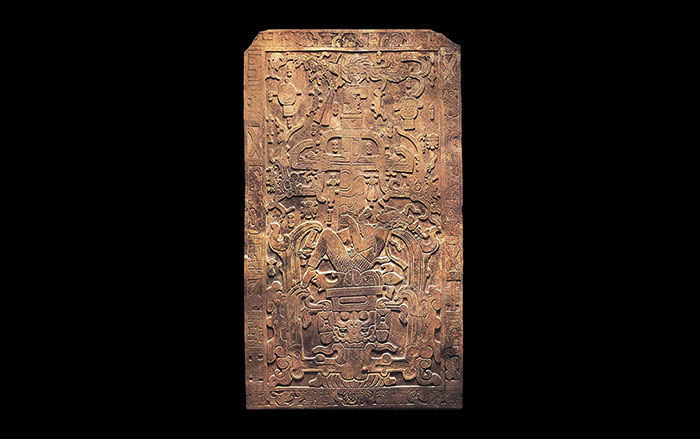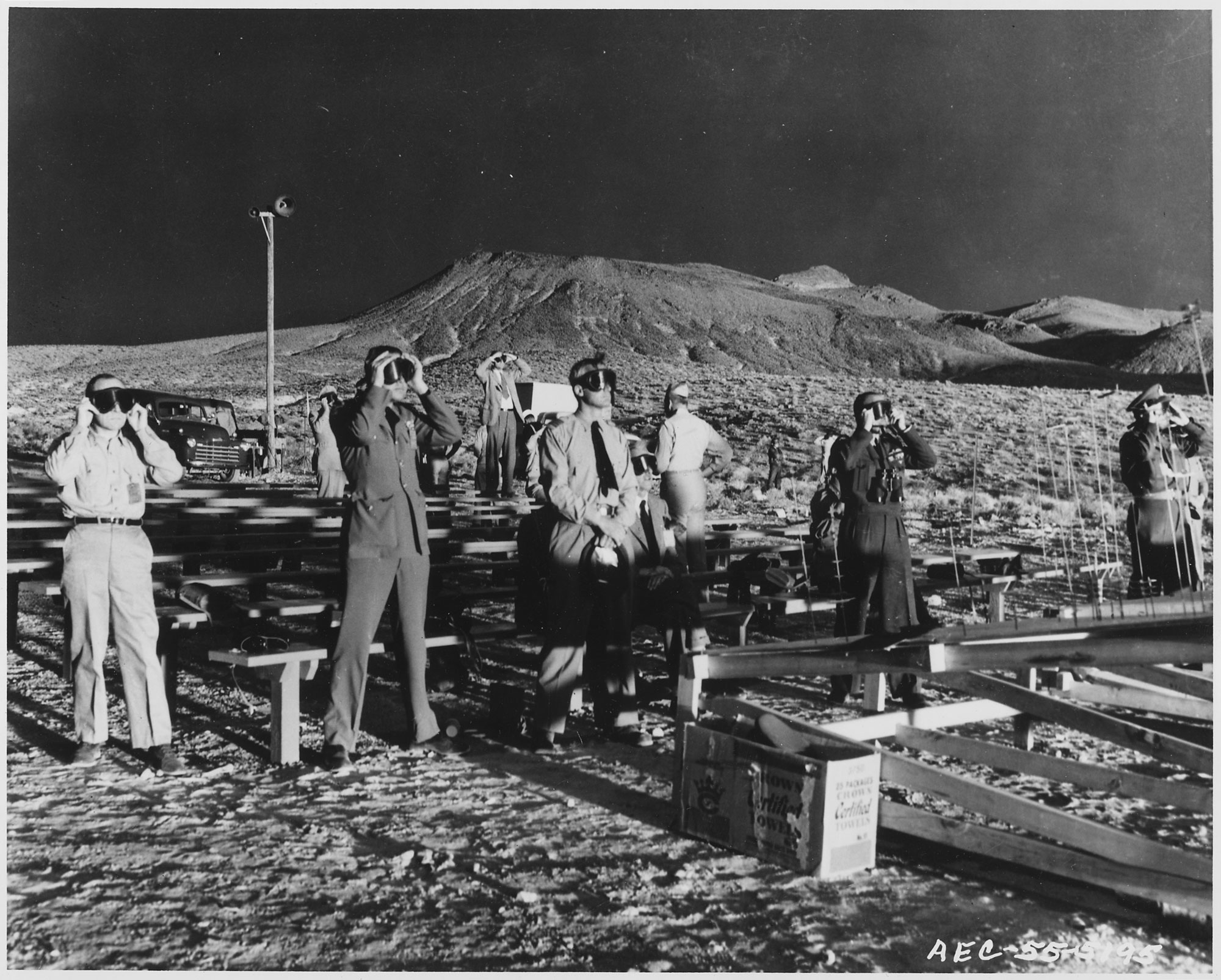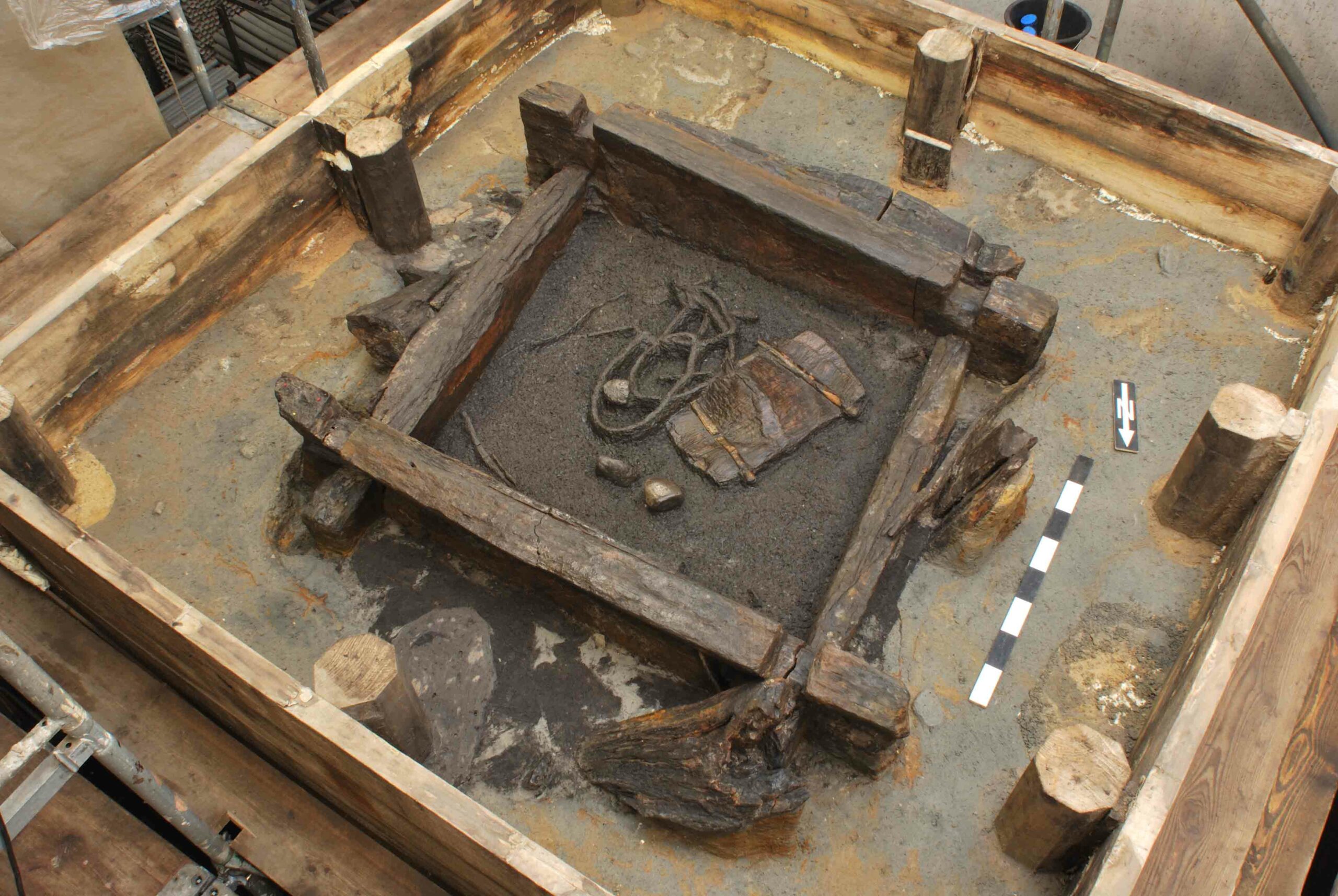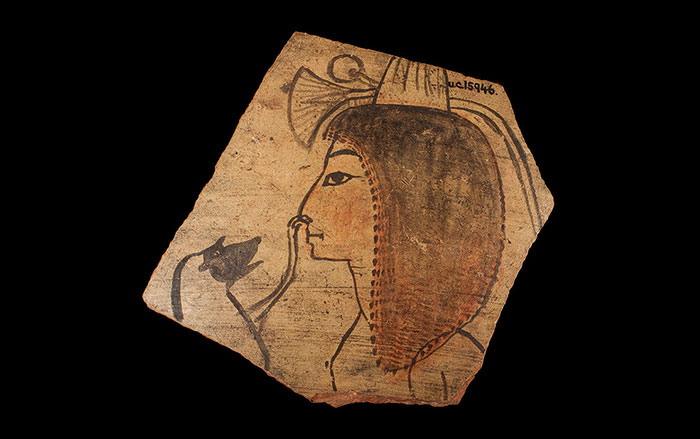
PHOENIX, ARIZONA—Emiliano Gallaga of Mexico’s National Institute of Anthropology and History has studied more than 50 mirrors made of pyrite that were unearthed at the Hohokam site known as Snaketown in the 1930s and 1960s. Such mirrors are usually associated with elite members of cultures from Mesoamerica, including the Olmec, Maya, and Aztecs. Thirty-six of the mirrors at Snaketown had been broken, burned, and buried with cremated human remains in 16 graves. Gallaga’s analysis showed that the mirrors were difficult and expensive to make. “According to our research, a single, small mirror could need 900 to 1,300 hours, or 110 to 160 days, for a single craftsperson to do,” he told Western Digs. The techniques used to make the mirrors suggest that they were made in Mesoamerica, and there are no deposits of pyrite known to have been used by the Hohokam. Radiocarbon dates from the burials indicate that they were made between 650 and 950 A.D. “We think that the sedentary communities such as the Hohokam are getting prestige items such as the pyrite mirrors from a long distance, but we think not directly. We think that the nomadic, hunter-gatherer groups of northwest Mexico and the American Southwest are the ones who are transporting this material from the south to the north, and shell, turquoise, and other items from the north to the south, probably as far as the borders of Mesoamerica, where [long-distance traders known as] pochtecas would carry on the trade inland,” he explained. To read about another culture in the ancient Southwest, see "On the Trail of the Mimbres."










